Venus, with its many interesting features, has often been the subject of space exploration over the years and even came up with the possibility of life in its atmosphere. If you would like to get to know this planet, which often winks at us in the night sky, we have told you about Venus with general information.
Ever since humanity turned its direction to space, various studies have been conducted on all the planets of the Solar System, and we now have a lot of information about each of them. Venus It is a planet we are now familiar with. Moreover, it is likely to answer one of our favorite questions about space; Is there life outside of Earth?
According to the scientific article published in the journal Nature on September 4, 2020, phosphine molecules were discovered in the atmosphere of Venus. Encountering this molecule, known as the footprint of life, on Venus opened the door for further research. In this article, to get to know this fascinating planet, which attracts attention with its resemblance to the Earth, with its hot and frightening atmosphere, and its features. Venus We have included 10 surprising information about you.
Characteristics of Venus:
- Orbit time: 225 Earth days
- Diameter: 12,104 km
- Distance from Earth: 38 million km
- Distance from the Sun: 108 million km
Venus, the brightest and most striking planet we see when we look at the sky, takes its name from the ancient Roman goddess of love and beauty. Although it is often discussed that this hell-like planet may have had an Earth-like structure and atmospheric conditions in the past, with the data we have now, this is no longer possible. that it is not possible we can say.
10 general facts about Venus:
- Venus is referred to as Earth’s ‘twin sister’.
- Venus is one of two Solar System planets without moons.
- On Venus the Sun rises in the west.
- We last saw Venus transit in front of the Sun in 2012, and the next transit will occur in 2117.
- The temperature on Venus’ surface is high enough to melt even lead; about 467 degrees.
- 96.5% of Venus’ atmosphere is made up of carbon dioxide.
- Until 60 years ago, scientists imagined Venus as a tropical paradise.
- Venus has more than 1,000 active volcanoes on its surface.
- A day on Venus lasts longer than a year.
- For many years, Venus was thought to be two different celestial bodies and had two different names.
1. Venus is referred to as Earth’s ‘twin sister’:
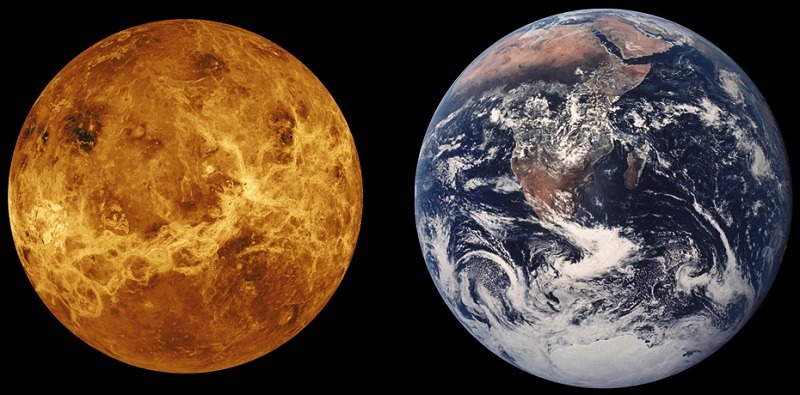
Venus and Earth are really close to each other in many ways. as twin brothers they look alike. These two planets, which are very similar in size, are also 85% similar in mass, Venus is slightly lighter than Earth. In terms of diameter, there is only a few kilometers difference between Venus and Earth.
However, as perhaps the most important point; The atmospheres of these two planets are completely different from each other. While Earth’s atmosphere gives us life, Venus’ atmosphere is often ‘to hell‘ is compared. However, there may be other living things in that environment that looks like hell for us.
2. Venus, one of two Solar System planets without moons:
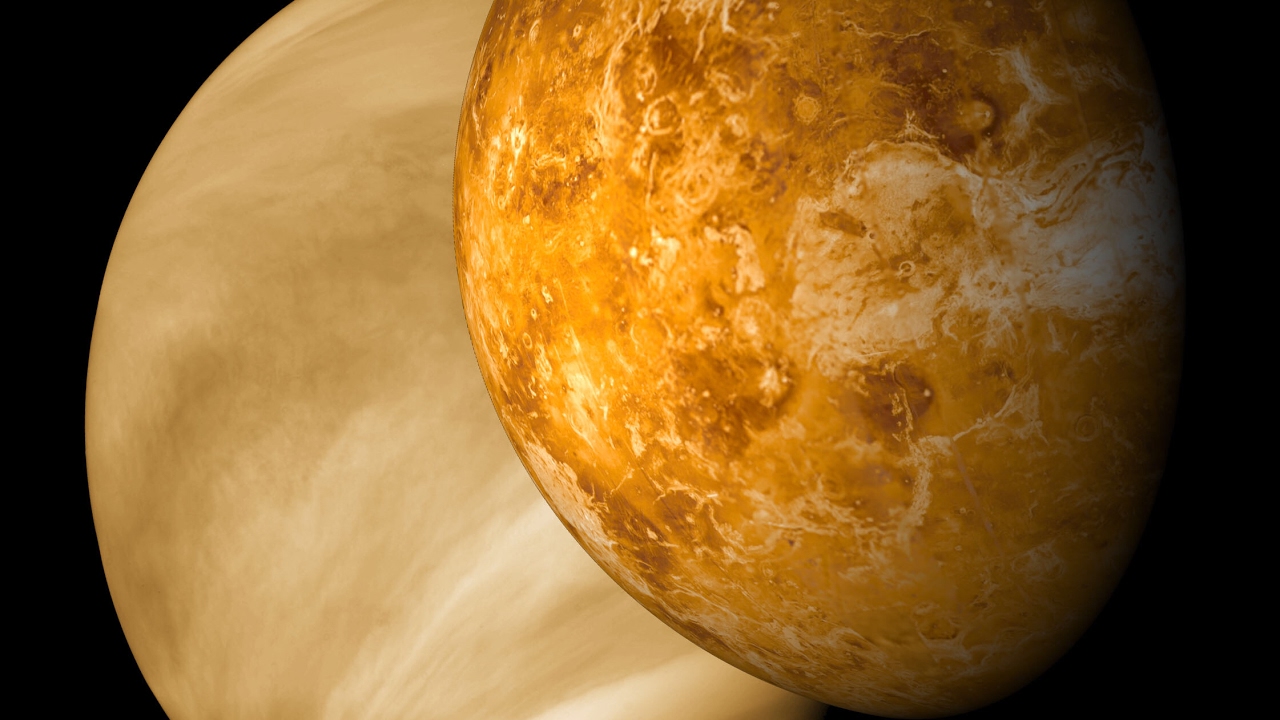
Planets in the Solar System have a total of 205 known moons. However, Mercury and Venus are They don’t have satellites. The reason why these two planets do not have moons is their proximity to the Sun and the Sun’s dominant gravitational field. Due to this gravitational attraction, objects smaller than Venus and Mercury make their way around their planets without turning.
3. On Venus the Sun rises from the west:
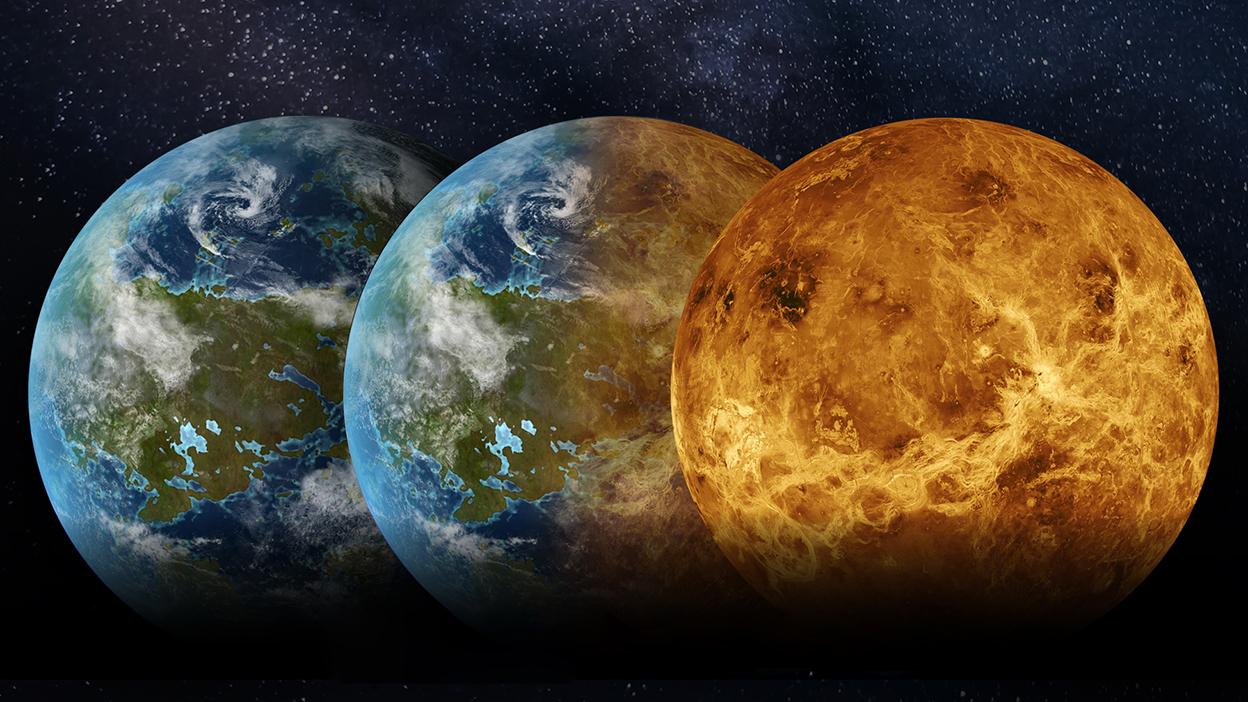
Venus, unlike other planets in the Solar System clockwise from west to east rotary. Scientists think that Venus rotated in the same direction as other planets in the past. The reason for this change of direction is thought to be a collision with an asteroid or a different celestial body. As a result, on Venus, the Sun, as we define it, rises in the west and sets in the east.
4. The last time we saw Venus transit in front of the Sun was in 2012, and the next transit will take place in the year 2117:
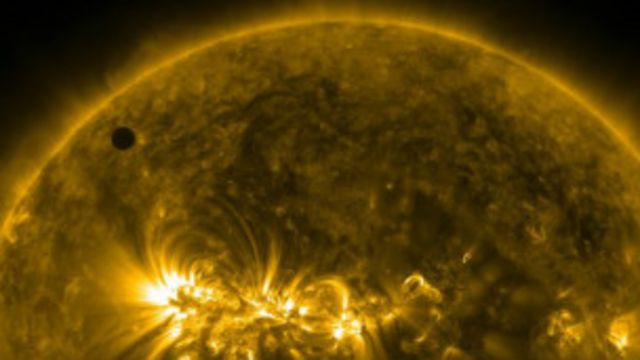
Astronomers first described the transit of Venus in front of the Sun, according to known sources. December 4, 1639 observed in history. Observations made since then have enabled us to discover that Venus has an atmosphere and to measure the distance between the Earth and the Sun more accurately.
Finally, Venus passed in front of the Sun in 2012. But no scientist observing this landscape will likely see the next one because the next transition in 2117 will happen.
5. The temperature on the surface of Venus is high enough to melt even lead; about 467 degrees
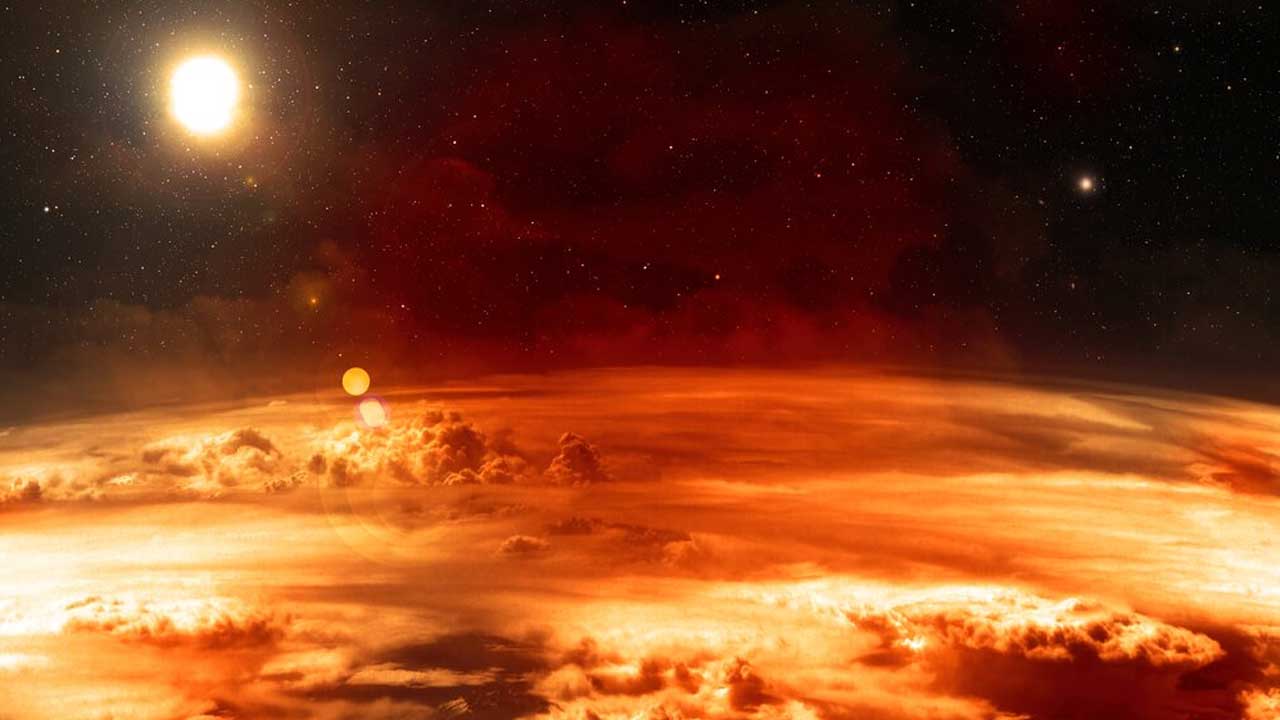
Although Venus is the second closest planet to the Sun, it is the hottest planet in our system. This is because, similar to the greenhouse effect on Earth, the dense atmosphere of the planet keeps the heat inside. But of course this effect is much greater on Venus. This is the temperature on the planet. up to 467 degrees causing it to come off.
Measured high temperatures, Venus It’s the biggest enemy of our research on Earth because the probes sent can only survive for a short time on the planet’s surface. As such, our research on the Venusian surface is very limited.
6. 96.5% of Venus’ atmosphere is made up of carbon dioxide:
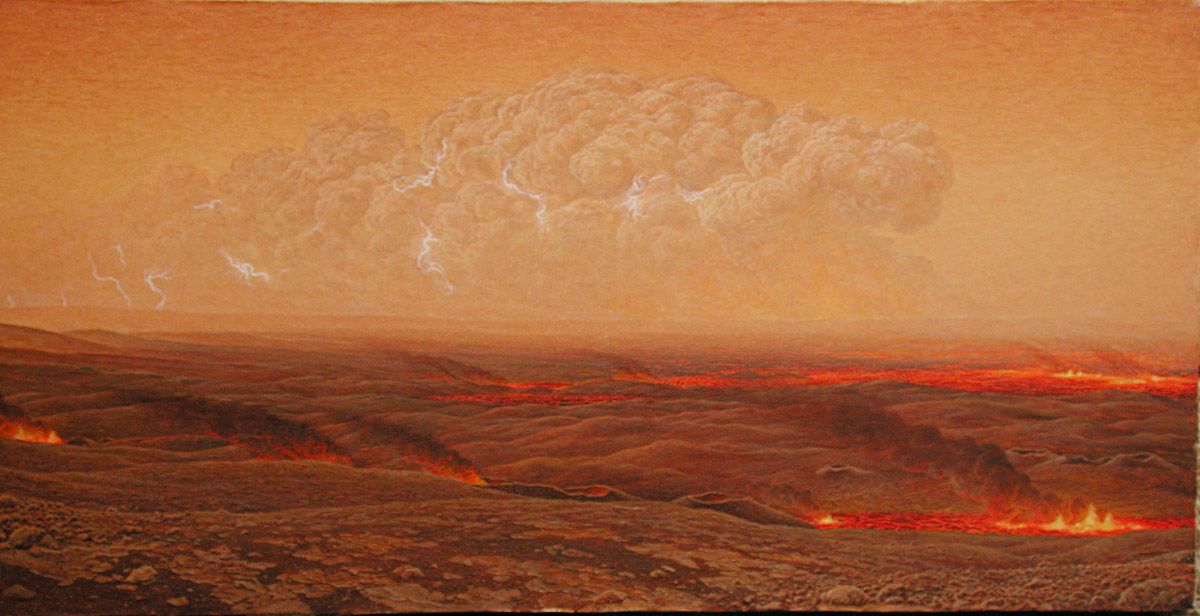
We can cite the amount of carbon dioxide as one of the reasons why Venus’ atmosphere is often referred to as scary and even hellish. To make it easier to understand with a comparison, the carbon dioxide ratio of the Earth’s atmosphere 0.04% It’s good to say that it is.
7. Scientists imagined Venus as a tropical paradise 60 years ago:
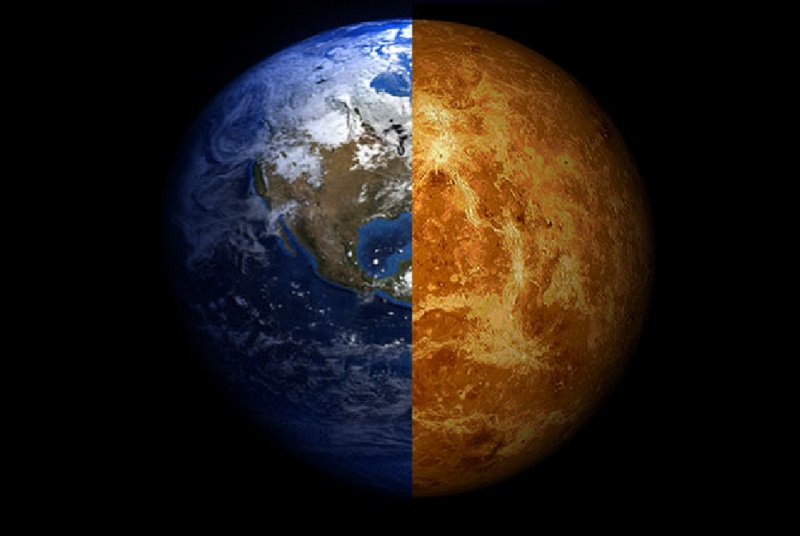
Although we can easily see it every time we look up into the sky, the dense clouds of sulfuric acid surrounding Venus made it impossible to see the planet’s surface from the outside. For this reason, scientists who could not see the surface of this mysterious and bright planet, until the early 1960s They imagined Venus as a tropical paradise and believed it to be a habitable planet.
8. Venus has more than 1,000 active volcanoes on its surface:
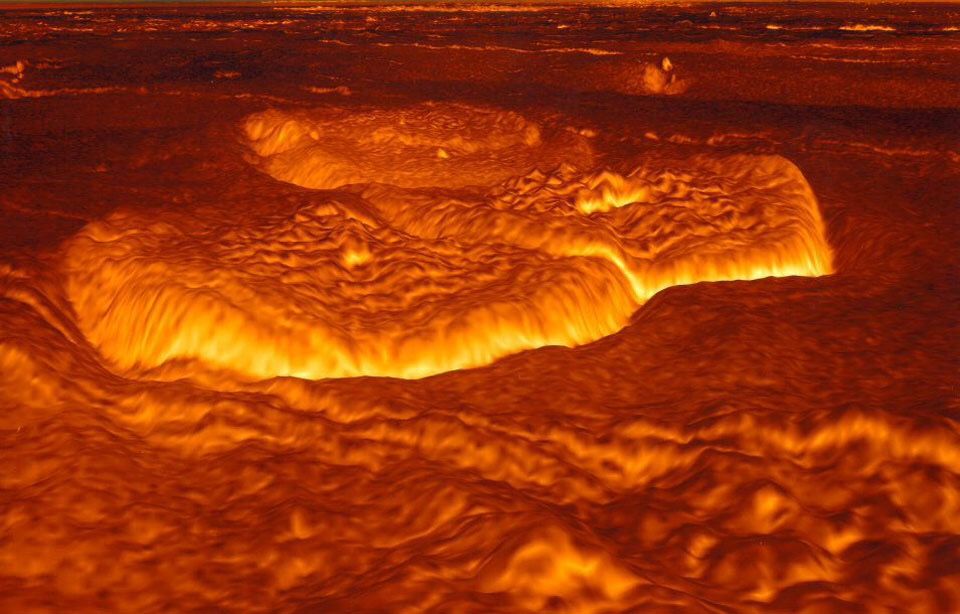
Venus, which has currents that can expand up to 240 kilometers and continue for kilometers. covered with volcanoes. It has lava channels extending up to 5000 kilometers above the planet, and these long lava channels are unique in the Solar System.
9. A day on Venus lasts longer than a year:
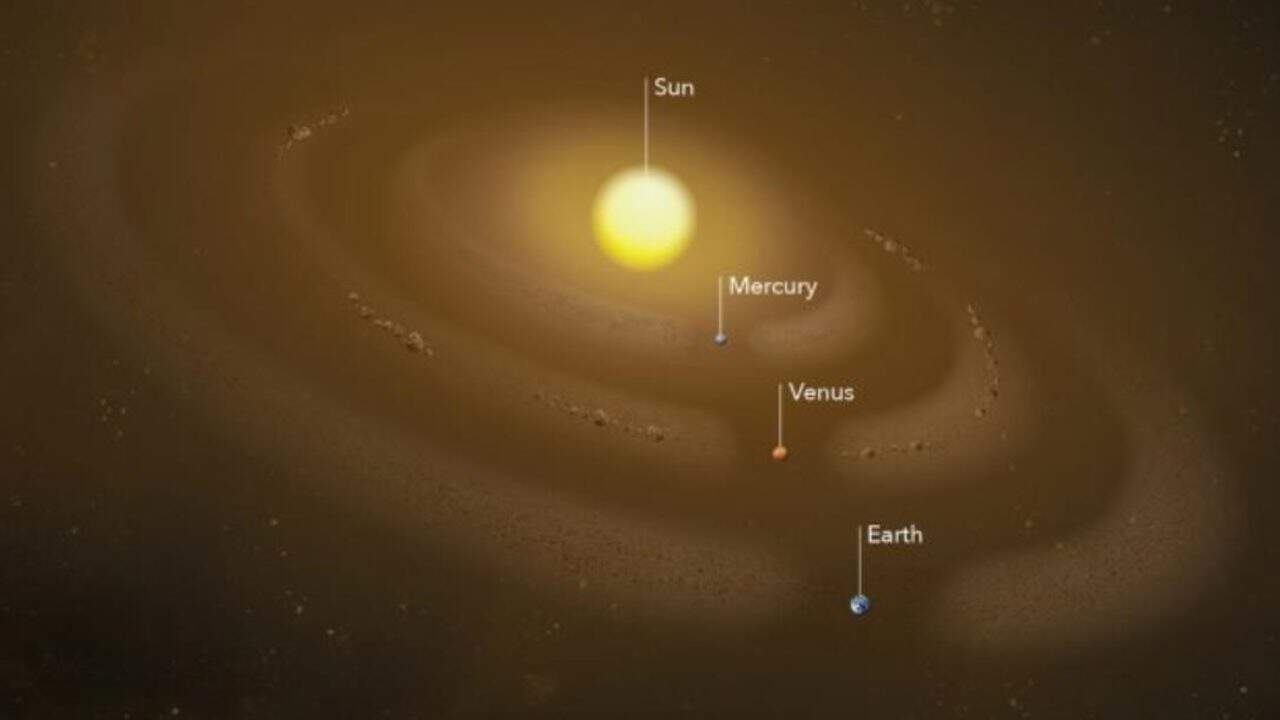
Venus makes one complete revolution around the Sun, 225 Earth days completes. So 225 days on Earth means one year on Venus. But if the planet rotates around itself in 243 days completes. In its simplest definition, a day on Venus means longer than a year.
10. For many years, Venus was thought to be two different celestial bodies and had two different names:
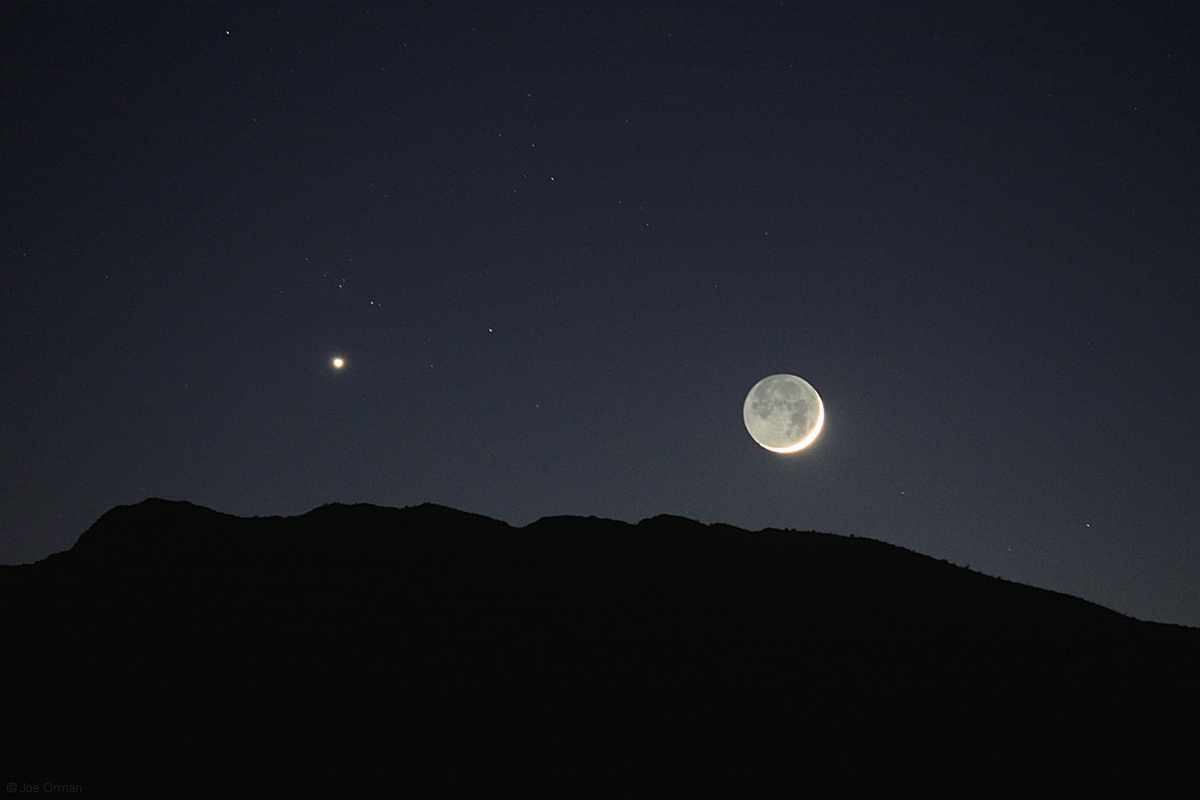
Venus can be observed before sunrise and after sunset. For this reason, in ancient times, it was referred to as two different celestial bodies that appear at sunrise and sunset. Today stillMorning Star‘ and ‘Evening StarThat’s why it’s called ‘. Later, thanks to Pythagoras, it was understood that these two objects were actually the same celestial body.
Could there really be life on Venus?
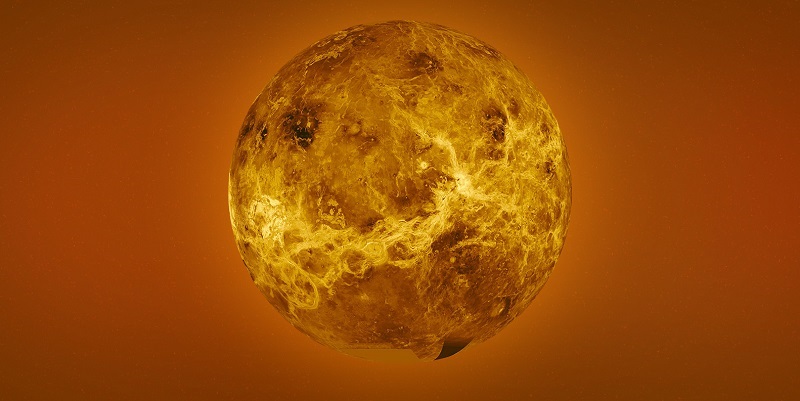
RELATED NEWS
An Important Trace of the Existence of Life Has Been Discovered on Venus: Here Are All the Details
The search for life on any planet other than Earth is now at a very different point from where it stopped perhaps ten years ago. Moreover ‘lifeContrary to popular perception, when it is said, not only intelligent beings like us, but also micro-sized biological beings are defined.
So, as it can happen on many planets, in a way we don’t yet understand; Of course, there can be an organism that can survive in these harsh conditions.
However, according to many studies on Venus in the past years, a possible life form on Venus can only be found. in the atmosphere of the planet It is said to be inhabited. With the latest studies, the information on this subject will definitely be updated, but it should be noted that there is no definitive proof for this at the moment.
